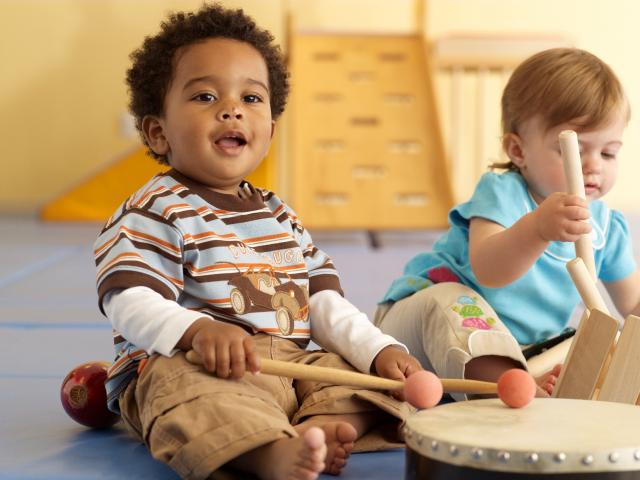The journey of emotional development in babies is a remarkable and intricate process that shapes their future well-being and relationships. As caregivers, parents, and guardians, it is crucial to understand the profound impact a loving and supportive environment can have on fostering healthy emotional growth in infants. This blog post delves into the fascinating world of emotional development in babies and offers insights into how we can create a nurturing space that nurtures their emotional intelligence.
The Foundations of Emotional Development
Emotional development in babies begins even before birth. Research indicates that a mother’s emotional state during pregnancy can influence the baby’s emotional development. As the baby grows and enters the world, their emotional journey continues to evolve. The foundation of emotional development is laid through secure attachment – a bond formed between the baby and their primary caregiver, often the mother or father. This attachment is characterized by responsiveness, consistency, and affectionate interactions.
Creating a Secure Attachment
Creating a secure attachment is the cornerstone of emotional development. Babies who develop secure attachments feel safe and supported, allowing them to explore the world around them with confidence. Responsive caregiving is vital in building this attachment. When a caregiver promptly attends to a baby’s needs, whether it’s feeding, changing, or comforting, the baby learns that their feelings and emotions are acknowledged and valued.
Skin-to-skin contact, also known as kangaroo care, is a powerful tool in nurturing attachment. It releases oxytocin, often referred to as the “love hormone,” in both the baby and the caregiver, strengthening their emotional connection. Holding, cuddling, and maintaining eye contact further contribute to this bond.
Communication and Emotion
Babies may not be able to speak, but they communicate through facial expressions, body language, and sounds. Caregivers can enhance emotional development by engaging in “serve and return” interactions – a back-and-forth exchange of expressions and sounds. When a caregiver imitates the baby’s coos or smiles, it validates the baby’s attempts at communication and fosters a sense of emotional connection.
Tuning into a baby’s cues is vital. Recognizing when a baby is hungry, tired, or uncomfortable demonstrates sensitivity and empathy. This not only meets the baby’s immediate needs but also lays the groundwork for them to develop an understanding of their own emotions and those of others.
Emotional Regulation
Babies are born with a limited ability to regulate their emotions. They rely on caregivers to help them navigate and manage their feelings. Creating a calm and soothing environment is essential for teaching babies self-regulation. Soft lullabies, gentle rocking, and swaddling provide comfort and teach babies how to soothe themselves.
However, it’s important to note that emotional regulation is not about preventing babies from feeling negative emotions. Allowing babies to experience and express their emotions in a safe and supportive environment helps them learn how to cope with different feelings. When a baby cries, it’s an opportunity for caregivers to comfort and reassure them, showing them that their emotions are valid and understood.

Play and Social Interaction
Play is not just a fun activity; it’s a crucial component of emotional development. Through play, babies learn to explore their emotions, develop problem-solving skills, and interact with others. Peek-a-boo, for example, teaches babies about object permanence – the understanding that an object still exists even when it’s out of sight. This simple game elicits giggles and surprises, fostering emotional connections and trust.
As babies grow, their social interactions extend beyond their primary caregiver to include other family members and peers. Creating opportunities for babies to engage with different people promotes a broader understanding of emotions and perspectives. Playdates, family gatherings, and even trips to the park introduce babies to a diverse range of emotions and help them learn how to navigate various social scenarios. For more articles, information, and resources on emotional development in babies, check out their page for additional hints.
Conclusion
Emotional development in babies is a fascinating journey that requires love, patience, and understanding. By creating a loving and supportive environment, caregivers play a vital role in shaping a baby’s emotional intelligence and well-being. From fostering secure attachments and effective communication to promoting emotional regulation and social interactions, every interaction and moment spent with a baby contributes to their emotional development.
As caregivers, we have the incredible opportunity to lay the foundation for a lifetime of healthy emotional expression, empathy, and relationships. By embracing this role with dedication and compassion, we can ensure that the babies in our care grow up to be emotionally resilient and socially adept individuals, ready to face the world with confidence and kindness.




